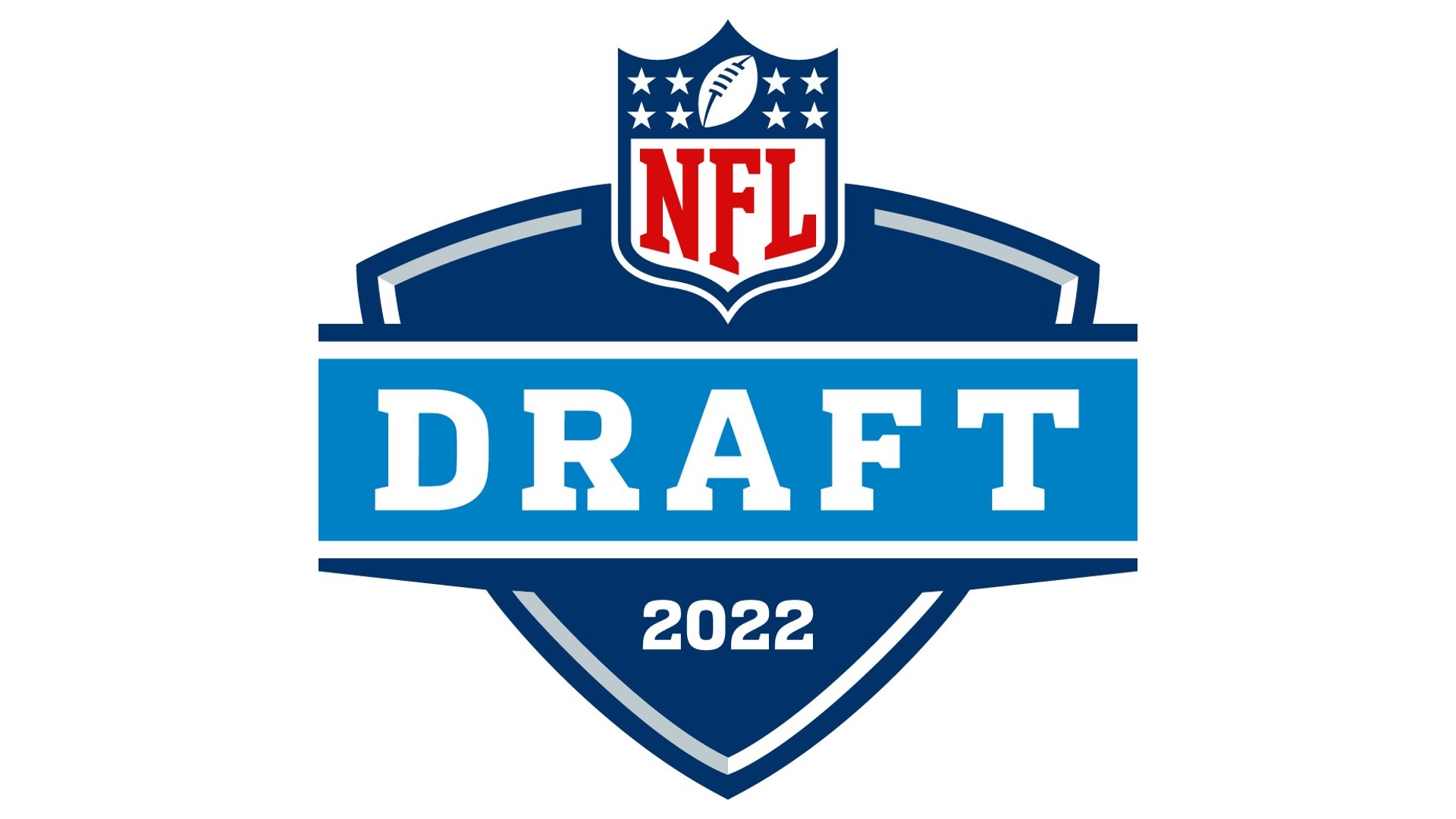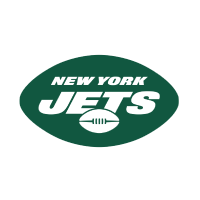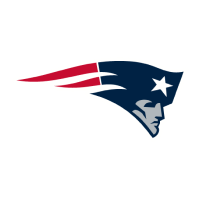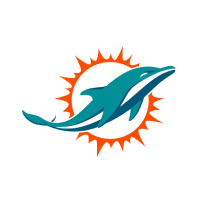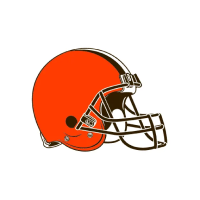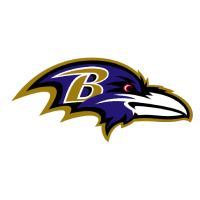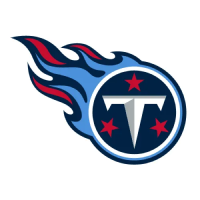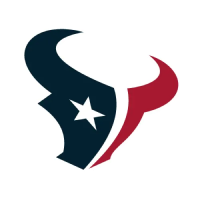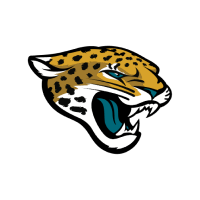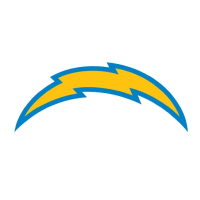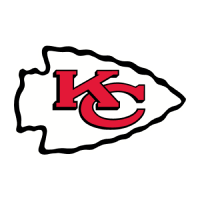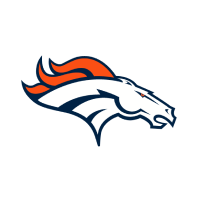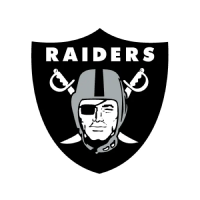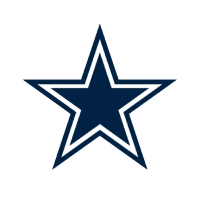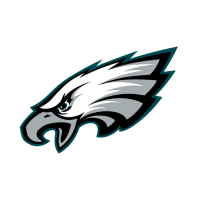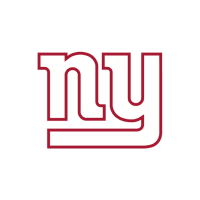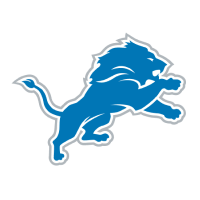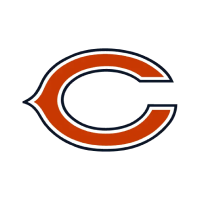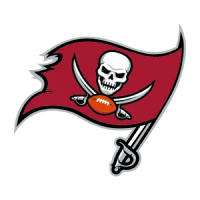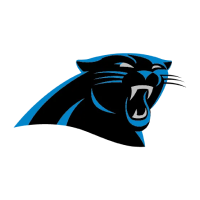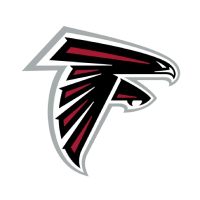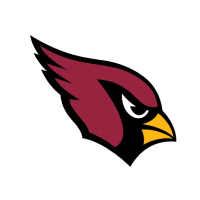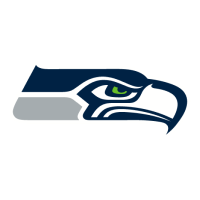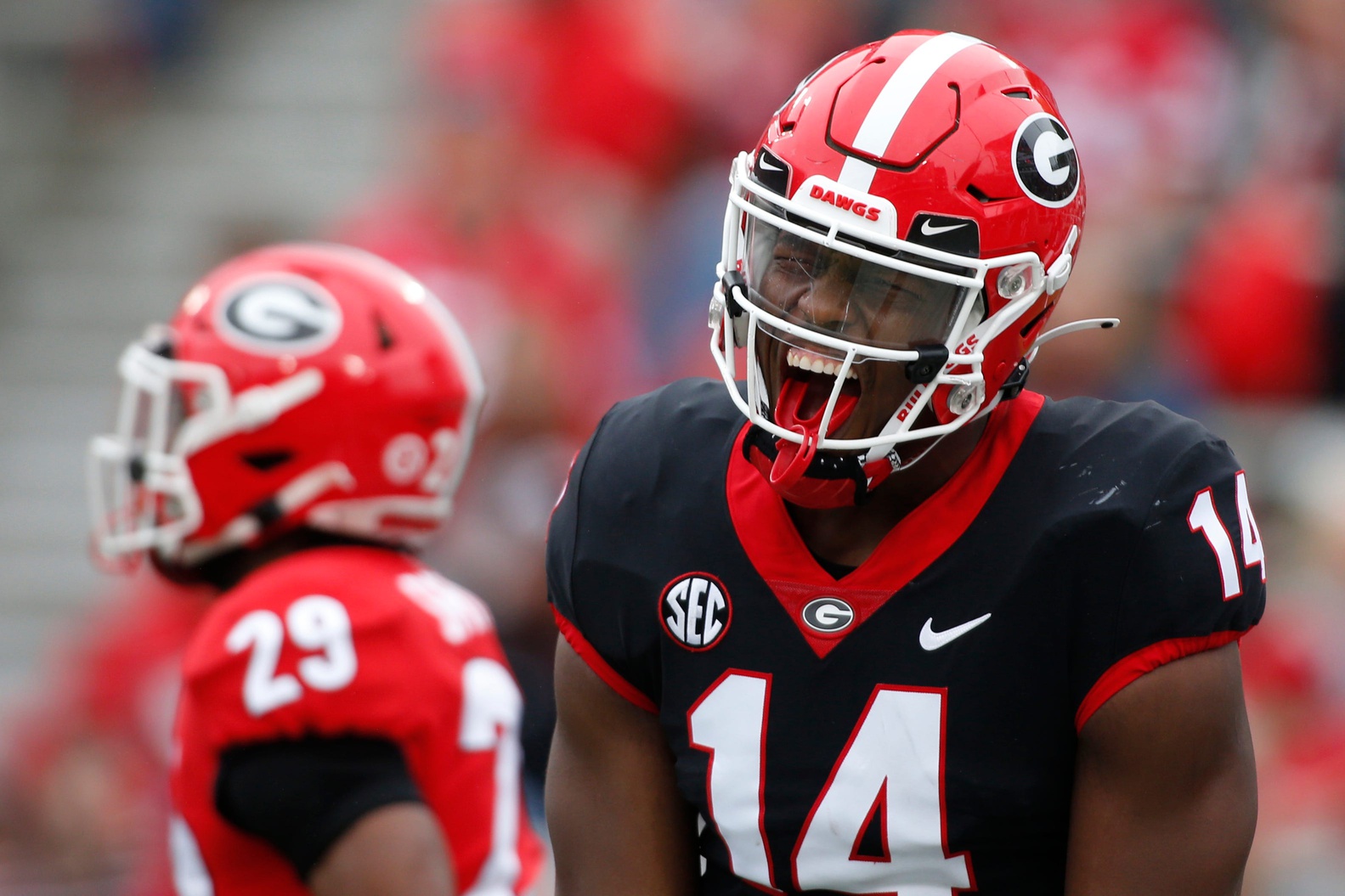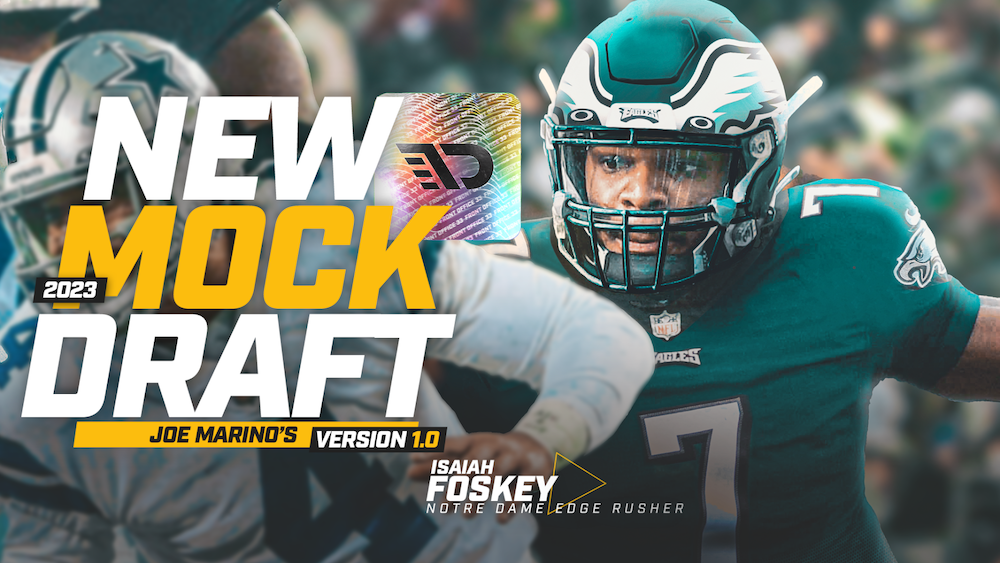Many times, the best way for a rookie to make an immediate impact in the NFL is by contributing to special teams, whether as a return specialist or on coverage teams.
If your favorite NFL franchise is looking for that kind of player in this year’s draft, Stanford’s Connor Wedington is the prospect for you. Wedington averaged more than 28 yards per return in 2019, which was the highest total of any player in the Pac-12.
Wedington, a talented return man who prides himself on his special-teams value, recently spoke with The Draft Network about attending a prestigious institution, what it takes to be an electric return man, and what sets him apart from the other prospects in the 2021 NFL Draft.
JM: You were voted a team captain in 2020. You also won the Billy Anderson Commitment to Community Outreach Award. I’ve spoken with people at Stanford, and you’re incredibly well-liked and respected by your coaches and teammates.
CW: To be voted a team captain and to then capture the award, both of those things were a huge blessing for me in 2020. I have to thank all of the wonderful people in my life that helped shape me into the person I am today. The team treated me with so much respect. I had the confidence of my teammates. Everybody at Stanford believed in me. It meant the world to me. As a team captain, it’s all about making the teammates around you better. Being able to do that through my leadership capabilities, it was a super fun process for me. I always tried to show a lot of energy and desire. I’d like to think it rubs off on those around me.
In regards to the award, it was awesome. I had a chance to bring my teammates up on stage with me and that was just the best feeling in the world. There were so many Stanford students and members of the program in attendance. I really enjoy going out and giving back to the homeless. It gives you a different perspective on life. I’m blessed to be in a position to help others.
JM: It’s easy to see why you’re so well-liked by those that know you on a personal level. How did you balance football with the academic demands of a prestigious institution like Stanford? They don’t let you slack off from an educational standpoint.
CW: I have a great story for you. I had to learn that the hard way (laughs). First of all, Stanford is an incredible place. The people, the atmosphere, the networking that’s available to you: It truly is a special place. Everything about Stanford is awesome. In regards to balancing school and football, I’ll take you back to my freshman year. I always had this goal to graduate in three years. I always set the highest expectations for myself. I took as many classes as I could that quarter. I was also battling for the job to be our slot receiver as a freshman. If I ended up winning the job, my plan was to drop one of my classes from that quarter. That was my way of giving myself a chance to focus a little more on football.
This was my first quarter at Stanford. I still had a lot to learn. I ended up winning the slot receiver job, which was obviously awesome. When I tried to unenroll in the class I was planning to drop, the deadline had already passed (laughs). I ended up having to keep the full workload. I took a full workload while also playing at the level I was expected to play at (laughs).
It was a blessing in disguise. I ended up meeting this advisor at Stanford who excelled in time management. That’s one of the skills I still carry with me today. I learned it at Stanford, and more specifically, I learned it from this specialized advisor. He helped me create a plan literally to the 15th minute of the day. We wrote out every hour and everything I had to do. We mapped out all of the film, extra study, really everything that school and football demanded of me. We laid it all out. This is what I have to get done. This is how many hours I have in a week and this is how I can achieve what I have to do. I didn’t have enough hours in the week (laughs).
We ended up making a schedule that I had to follow. That was the only way it could pan out for me if I meant to play at a high level and keep up with my studies, which of course I did. In short, I learned how to manage my time the hard way (laughs). It was an obstacle that led to a lifelong skill. I’m thankful for that experience. It shaped me.
JM: That’s a terrific in-depth look at what life is like at Stanford. You talked about starting as the slot receiver since your freshman season. What’s your favorite aspect of playing the receiver position?
CW: I played running back and defensive back growing up. I actually didn’t play the receiver position until college. I still have a lot to learn. That’s how I approach every practice and every game. There’s something to learn out here. I always watched the older guys and paid close attention to their habits.
Something I really like about the receiver position is the art that goes into playing it at a high level. So much goes into football that a lot of people don’t see on the surface. The receiver position specifically is truly an art. There’s so much that goes into it at the line of scrimmage. It’s the same for running a route and at the top of a route as well. The average eye doesn’t always see it. Once you really start to understand and learn it, you really start to see the art that occurs within the position.
JM: That’s the truth right there. In addition to your duties as a receiver, you’re an electric kick and punt returner. You averaged 28.1 yards per return in 2019 which was the best in your conference and eighth in the entire country. What does it take to be a great return man?
CW: I love having the ball in my hands. It doesn’t matter how I get it. It’s funny, I changed positions from running back to receiver in college, but I still get to feel like a running back when I get the ball in my hands. That’s something I’ve been doing since I was six years old. It came naturally to me. I love returning the ball. I hope to continue returning kicks and punts at the next level as well.
JM: We love that. Things are happening virtually right now. How is that process going for you, and which teams have you met with so far?
CW: The process has been going well for me. It’s a new experience for me. I’m the first person in my family to take it this far. I’ve filled out a variety of questionnaires and been on calls with a number of teams. I’ve been on calls with the 49ers, Chargers, and Patriots. I’ve filled out questionnaires for the Seahawks, Colts, Cowboys, and several others.
JM: That’s great to hear. A lot of players have been going through something like a mock combine as of late. Have you run through anything like that? [Editor’s note: This interview was completed on March 3.]
CW: I did something like that this past week, yeah. It went really well. When my Pro Day comes around on March 18, I’m trying to push myself to the limit. I want to beat my personal bests. I have high expectations for myself. I’m hoping to put up some of the best numbers in the country in every drill. If we had a combine this year, I’d be aiming for a top-five finish in every category. I have high expectations and I’m really looking forward to my Pro Day.
JM: We love hearing that. I’ve really appreciated your time today. In closing, what kind of guy is Connor Wedington going to be at the next level?
CW: That’s a great question. Connor Wedington is going to be somebody that my teammates can rely on at the next level. I’m going to be a consistent player on offense and special teams. I’m somebody that can play all over the field. I expect my versatility to really shine at the next level. At the end of the day, I’m going to be a game-changer for whichever team decides to give me a chance.
Most importantly, I want to become a leader. I’m going to make my teammates better through my energy, desire, and commitment to the game.
Filed In
Related Articles
NFL Draft
Arik Gilbert Doesn’t Need Big Workload To Be A Top NFL Draft Pick
- Aug 22, 2022
NFL Draft
2023 NFL Mock Draft: Marino 1.0
- Aug 22, 2022
Written By
